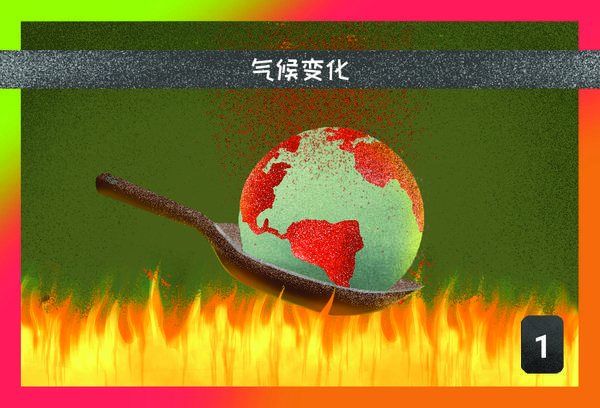29 - Savannization of the Amazon

✏️ This explanation does not yet exist in your language… Just click here or send an email to fdn.memo@marc-antoinea.fr and suggest your translation!
3Causes
The combination of deforestation, drier conditions and increased fires could push the rainforest ecosystem past a tipping point.
“Deforestation is the other cause that could cause its transformation into savannah. 17% of the Amazon is currently deforested. Savanization could be triggered from 40% deforestation.
Deforestation in the Amazon basin accelerated greatly between 1991 and 2004, reaching an annual rate of forest area loss of 27,423 km2 in 2004. Although the rate of deforestation has slowed since 2004 (with a reacceleration in 2008 and in 2013), the area covered by forest continues to decrease. The causes of this deforestation are cattle breeding, soya cultivation (animal feed and biodiesel), subsistence agriculture, and some infrastructure projects.
The Amazon rainforest alone represents half of the remaining tropical forests on Earth, and is the largest and most biodiverse tropical forest in the world.
In response to global warming, precipitation is expected to decrease in the Amazon and the dry season to lengthen. This drying contributes to the savannahization of the Amazon (in addition to deforestation).
3Consequences
The savannahization of the Amazon would in turn accentuate global warming through the release of carbon contained in the vegetation into the atmosphere.
The savannahization of the Amazon would significantly reduce the world's forested area, and therefore would have an impact on land use by transforming a large forest area into savannah.




